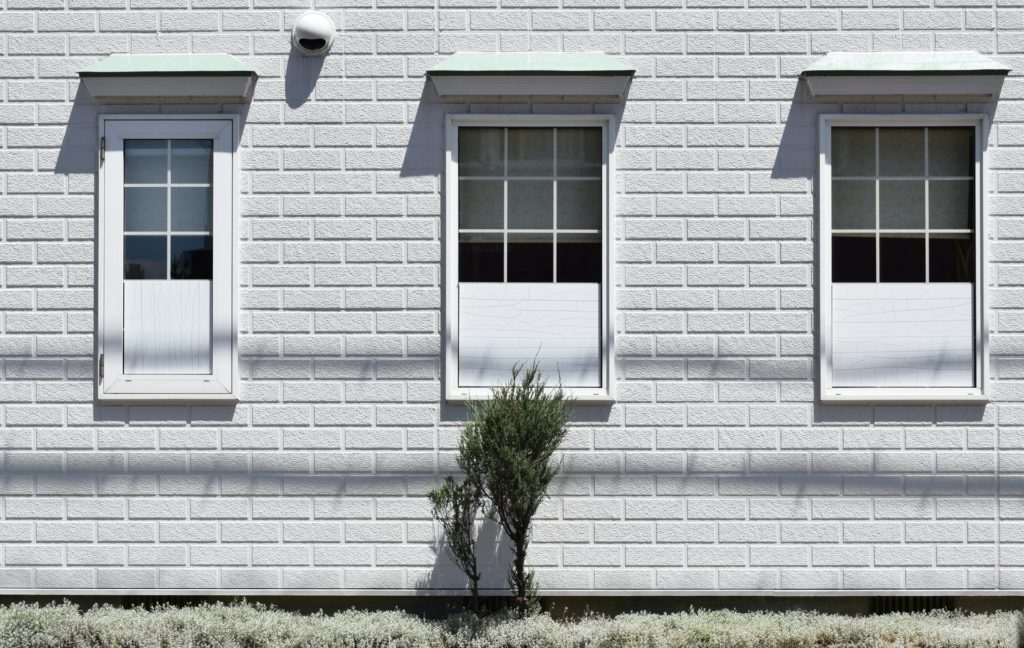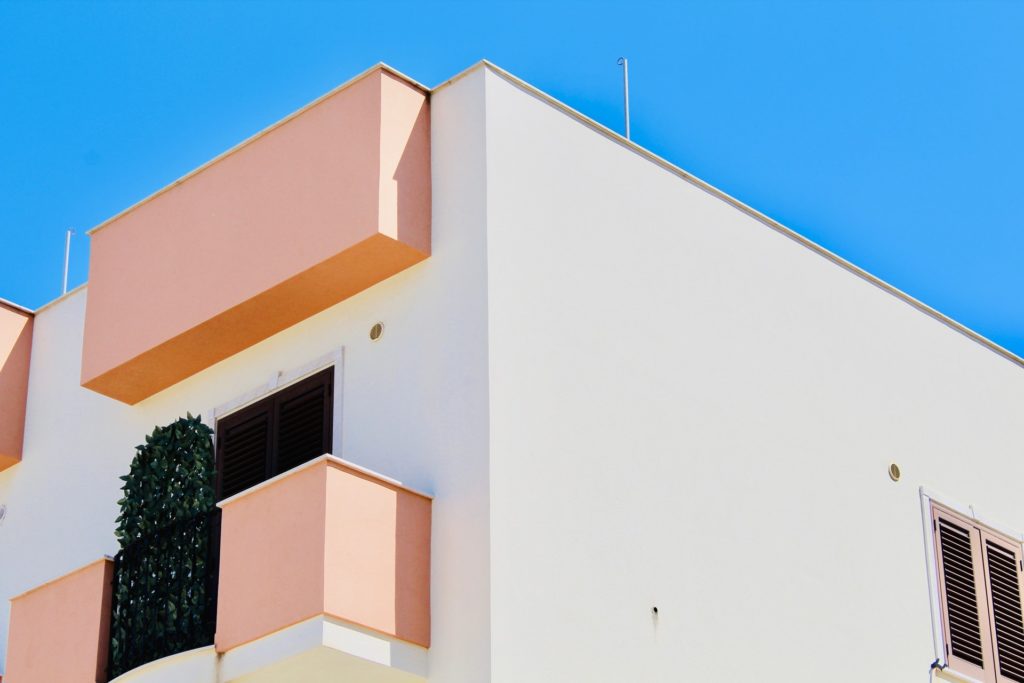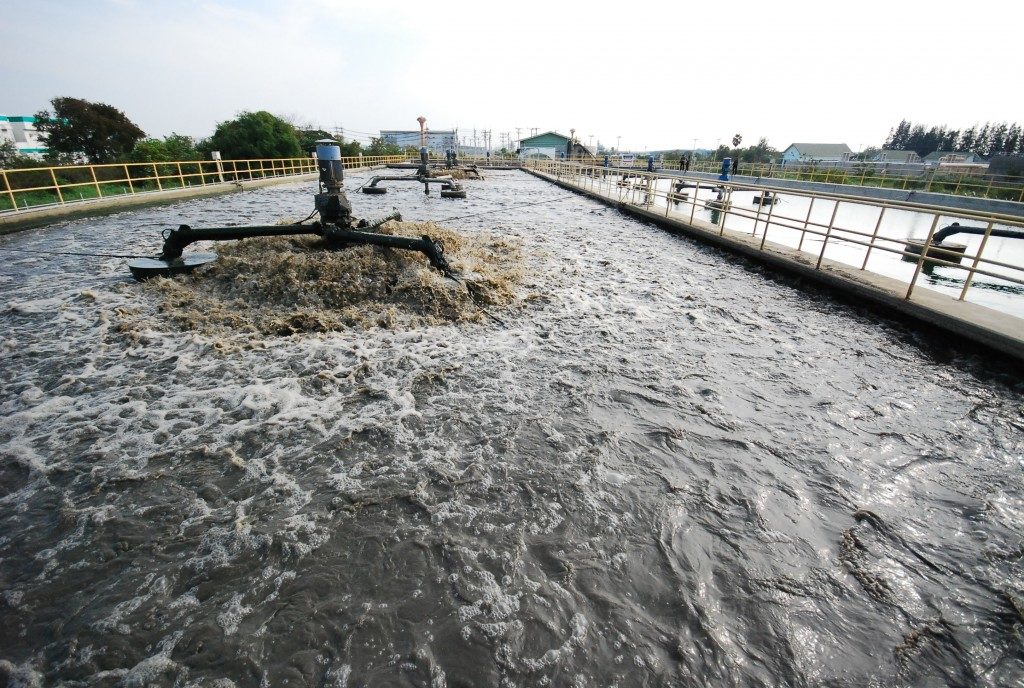Mold is a serious issue for property owners. According to property experts, more than half the houses in the United States have mold problems. In fact, it’s an even bigger problem than other home health hazards like asbestos and lead paint. And it’s a huge problem, considering 28 percent of the U.S. population have genes that make them prone to mold-related diseases.
Fortunately, there are plenty of products and services on the market to prevent or get rid of mold. Mold-resistant drywall is one of them, making it a good way to prevent mold from quietly growing in your home. But is it worth the investment to replace your everyday drywall with mold-resistant drywall? Here’s what you need to consider.
How Does Mold Grow in Homes
Unlike asbestos and lead paint that were regulated and banned in house construction, residential mold happens naturally if the conditions are present for it to grow. The key elements are water damage and moisture control.
According to the U.S. Environmental Protection Agency, molds reproduce through tiny spores invisible to the naked eye. These spores can float through indoor and outdoor air. It’s common for spores to enter a house, but spores need to land on a wet or moist surface in order to grow.

If it lands in a dry part of your house or a wet part that’s often cleaned or disturbed (e.g. the kitchen or bathroom), it cannot grow out of hand. But if it lands on a dark, wet area that is often left alone, this is where it can thrive and grow.
Now, several types of houses may be prone to mold infestations. Most commonly, houses that were caught in the middle of heavy rain, storm, typhoon, or hurricane may have experienced structural damage that had led to water damage, thus there are plenty of wet and moist spots within the walls of the home.
Even without structural damage from a natural occurrence, a home may still be prone to mold. Homes with poor ventilation and have moist indoor air are prone to growing mold on their walls, too. As long as the surfaces are moist enough for spores to grow, mold can increase into a huge problem.
Effects of Mold
It’s impossible to get rid of all mold and mold spores, as you can’t see it in the air. However, as long as you don’t have moist and wet spots indoors, these spores cannot grow onto your home. But if it does, it may take a while before you notice it, and by then the effects it has on your home and your household members may be very significant.

In most cases, molds produce allergens and irritants that may trigger responses like rashes, sneezing, runny nose, red eyes. More allergic responses may include fevers, allergic reactions, asthma attacks, and more serious irritation to your nose, throat, and lungs. However, the most dangerous mold can create harmful substances in the air that can be toxic to humans.
Mold-Resistant Drywall
To grow, mold needs three things: moisture, oxygen, and organic material to use a food source. When a house suffers from water damage, all three are present in most drywalls: its porous abilities allow it to absorb water, it has access to oxygen, and it is made of organic materials like gypsum, paper, and other binders.
So, for homeowners, there are two solutions to preventing mold on drywall: either it is made moisture-resistant to prevent mold from taking root; or it is made with inorganic materials like fiberglass so that mold does not have an organic food source.

Both types of drywall are available in the market: drywall that is moisture-resistant, and one that is mold-resistant or does not provide organic materials to help mold thrive. There are even drywalls that provide both features, but take note that these are marketed as resistant and not immune, which means that there may still be circumstances that allow mold to grow in your home.
Pros
- Mold-resistant and moisture-resistant. This can prevent the risk of mold growing in your home especially due to water damage.
- Easy installation. Depending on the size of your home, you may have to pay contractors to replace your regular drywall, but you can opt to do it yourself if you know how to.
- Easy to repair. Because of its features, mold-resistant drywall has less chance of wearing out to water damage, thus becomes more durable and requires less maintenance and repairs.
Cons
- More expensive. Mold-resistant drywall is slightly more expensive. Standard drywall can reach $12 per sheet, but mold-resistant drywall can reach $16.
- Mold-resistant, but not immune. It can last longer against mold spores, but it does not make your home immune to mold, especially if the factors are present to help it thrive.
Is Mold-Resistant Drywall Worth It?
If we’re looking at the higher cost of drywall, the labor fees for replacement, the time it takes to replace it, and the other factors that create mold in a home, it’s not worth it to replace all the drywall in your home with mold-resistant drywall.

Mold spores will always be present, even if you don’t notice it. But spores will only turn into a mold infestation if moisture, oxygen, and organic materials are present. As long as you’re maintaining your house properly, the only way these three will be present is if your house takes on damage during a bad storm, flood, or hurricane. If you have your house checked properly after this occurs, it’s unlikely that mold will grow.
So, if your living room or bedroom is normally dry for most of the year, it doesn’t seem like a substantial investment to replace regular drywall with mold-resistant drywall. As long as your house is in good condition and checked by a professional whenever necessary, there’s no need to replace all the drywall in your home with more expensive drywall that may not even be necessary.
The only exception to this are the rooms in your house that are frequently wet, moist, or humid: your bathroom, kitchen, and basement. These three rooms are the only places where the extra layer of protection that mold-resistant drywall provides can be a practical investment for your home.
Conclusion

Mold-resistant drywall isn’t worth the investment if you’re thinking about replacing all the regular drywall in your home. This special kind of drywall does not guarantee your home is free of mold, and as long as your home is properly clean or maintained, it’s unlikely for mold to infest your home outside of flooding or water damage incident.
But if you must upgrade your property, consider upgrading your kitchen, bathroom, and basement’s drywall to a mold-resistant or moisture-resistant one. These are the rooms most vulnerable to mold, and that added layer of protection can keep your home and your household members safe from mold’s effects.





